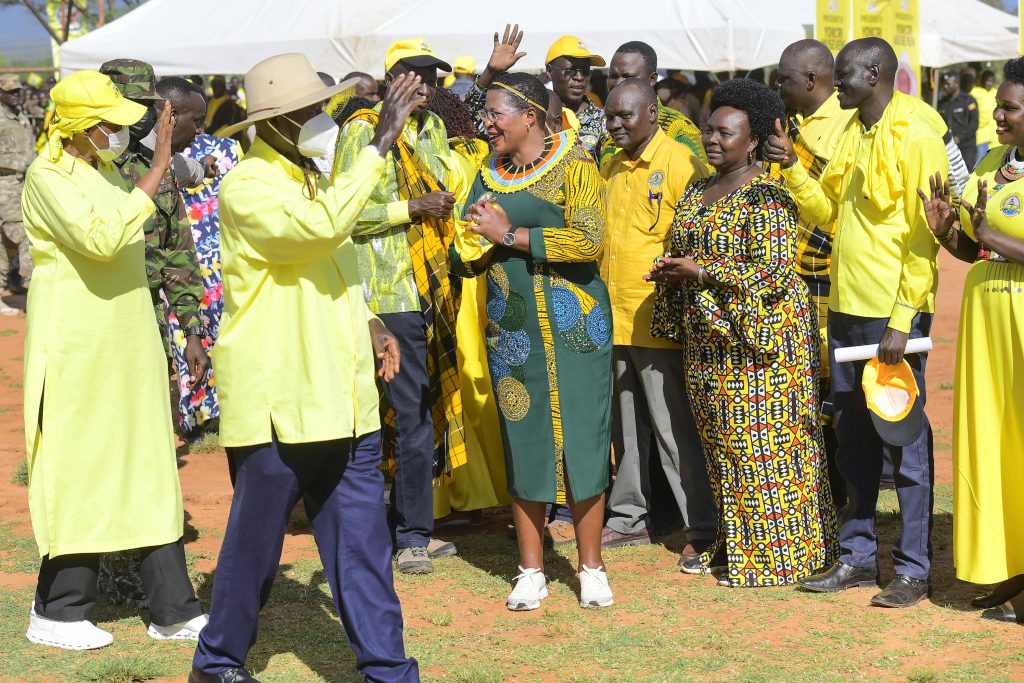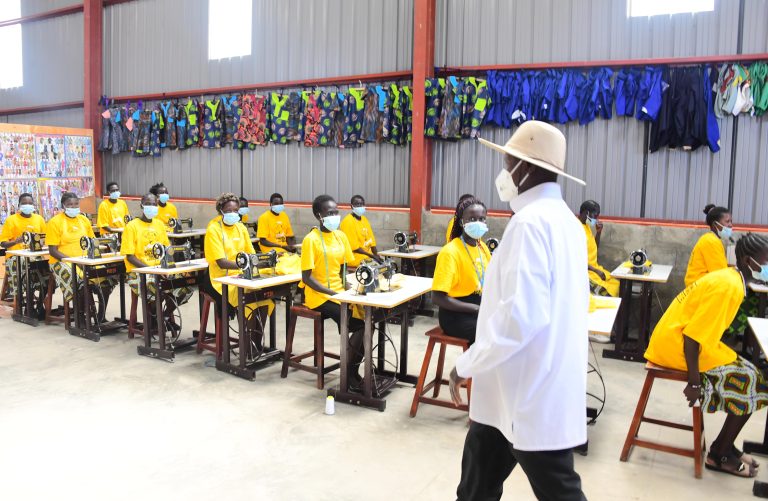Editorial
President Yoweri Kaguta Museveni has unveiled a new government initiative to establish individualized water systems aimed at supporting commercial farmers and small-scale producers, as part of a broader effort to eradicate poverty through wealth creation and self-sufficiency.
Addressing thousands of supporters during a campaign rally at Kalas Girls Primary School in Amudat District, Karamoja Sub-region, on Tuesday 28th October, 2025, H.E. Museveni said the government was developing a plan to ensure every productive household has access to reliable water for production, a move he said would mark a turning point in Uganda’s rural transformation strategy.
“We are working out a plan for water for rural areas. Apart from the valley dams, people need water at each home,” President Museveni said.
“The communal water systems will not address their water problem. We are trying to analyze how we can provide individualized water for wealth creators. In the Ankole area, we no longer use those communal dams. If you come to Rwakitura, you will see I have three of my own dams because animals, when they go too far, they get diseases like ticks,” he added.
The new policy seeks to end decades of dependency on shared water facilities in semi-arid regions like Karamoja, where boreholes and valley dams are often overstretched or dry up during prolonged droughts.
“Borehole water is still very low at 18%. The Minister of Karamoja must find out what the problem is, because in other districts like Abim and Karenga, the percentage is much higher,” President Museveni said.
Government data indicates that only 18% of Amudat District’s 415 villages currently have access to safe water, leaving 81.7% without a clean source. Of the existing water-for-production infrastructure, one solar-powered irrigation system has been completed at Katotin, 12 valley tanks have been constructed, and two wind-powered abstraction systems have been installed. Major recent projects include the Kosike Valley Dam, with a capacity of 2.7 billion litres, and the Kaechom Valley Dam, which holds 1.8 billion litres.
Ongoing projects include additional solar-powered irrigation systems and a large valley tank under construction. The Lowoyakur Dam, shared with Nakapiripirit, will hold 1.4 billion litres of water once completed.




